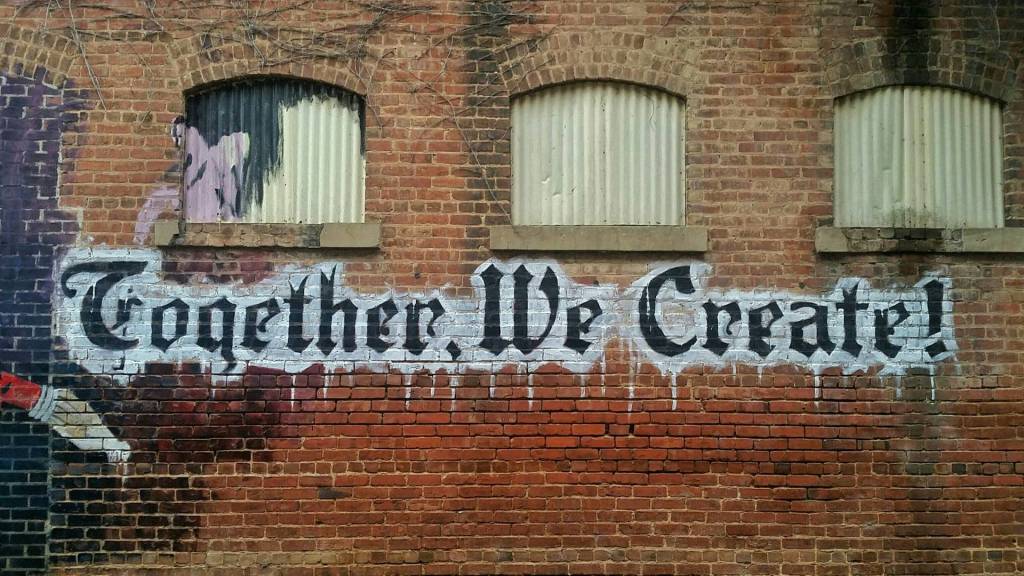Do you realize that how well you understand the hiring process has a big impact on your personal brand … and on your chances of getting hired?
Most job seekers think that understanding the hiring process just means learning the email address to send a resume (or URL to post). That’s really the least important understanding of the hiring process.
By understanding the hiring process, you’ll have the information that puts you ahead of your competitors – when you address what each person in the process is looking for, you look like the best candidate in the pack.
However, if you don’t understand the key information in the hiring process, you’re just guessing. By just guessing, you have a low chance of guessing right … so you’ll miss the opportunity to brand yourself as the best candidate in your written and verbal communications throughout the hiring process.
By not taking the time to truly understand the hiring process, you’ll brand yourself as an average candidate, at best.
Which do you want? To be seen as an average candidate or the superior candidate?
In order to brand yourself as a superior candidate, at a minimum you need to gain these four pieces of information:
1. Understanding all the players: You need to understand who each person in the hiring process is and how they affect the process … including the hiring decision influencers. You’ll get this by talking to people inside of the company. This is one area where you can gain value by talking to HR, because HR can describe the pre-screen stages of the hiring process and the people involved. However, once you’ve been selected for interview, you’ll want to learn about the hiring process from within the department. Only department insiders will understand who’s involved, who the hiring manager will ask to get involved. You’ll want to end up with something that looks like an organization chart, to identify each person in the hiring process.
2. Understanding the decision points: Hiring processes are usually comprised of a number of smaller decisions. It’s important to understand what these decision points are and who influences each one. At a minimum, the decision points look like this (in larger companies they can be much more complicated):
- Which candidates get an interview slot?
- Which candidates get asked back for a 2nd (or 3rd) interview)
- Which candidates are considered finalists?
- Who gets the offer?
- Who gets the offer if the offer is rejected? Who gets 2nd place?
3. Understanding the influence: It’s one thing to identify the players, but some people in the hiring process will have greater impact than others. So you’ll want to learn who’s opinions the hiring manager seeks out … and trusts. At this point, you’re trying to learn and map out the department’s politics to see where the key points of influence are.
4. Understanding the needs: Gain an understanding of what each person in the process needs. Each individual in the hiring process has needs and if you understand what those needs are, you can often give examples of how you can help individuals in the hiring process as well as the hiring manager. Once you understand which people in the hiring process carries the most influence at each decision point, you’ll understand where you’ll want to concentrate most of your efforts to help meet influencer needs. What kinds of needs can you help hiring decision influencers with?
- Help make the influencer’s job easier
- Help make the influencer more effective at their job
- Help the influencer gain visibility, stature and power within the department
- Help the influencer look good
Once you understand the hiring process, you should know which influencers you can help and which ones have the greatest influence over the hiring manager.
Almost all of this information comes from inside the employer, more specifically from inside the hiring manager’s department. It will take some work and preparation in order to gain this inside information.
But once you do, you’ll seem like you’re reading the minds of the people who read your resume and the people you talk to … so you’ll look like the ideal candidate.












